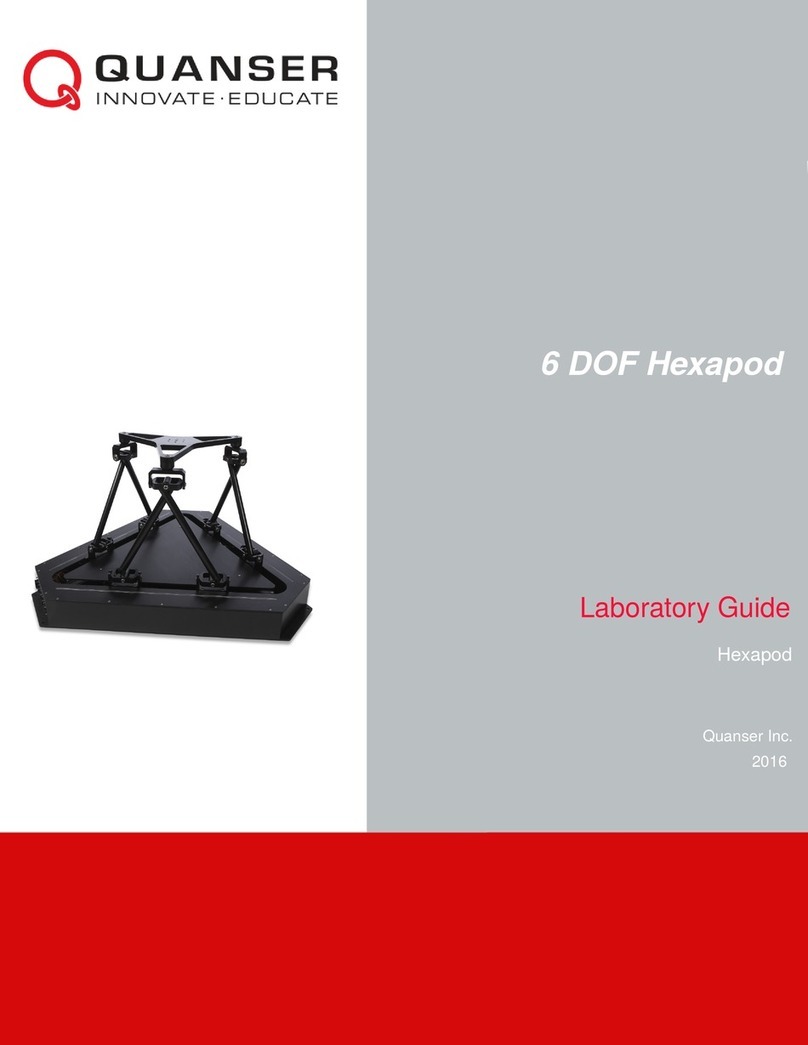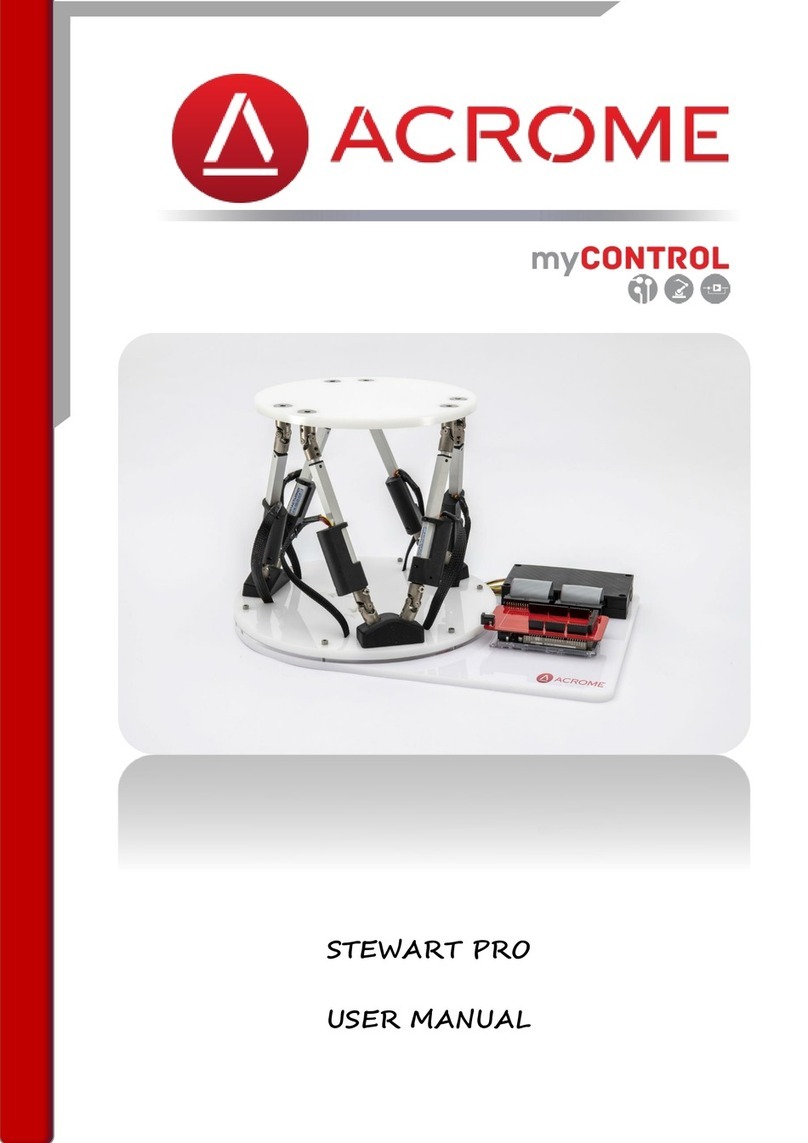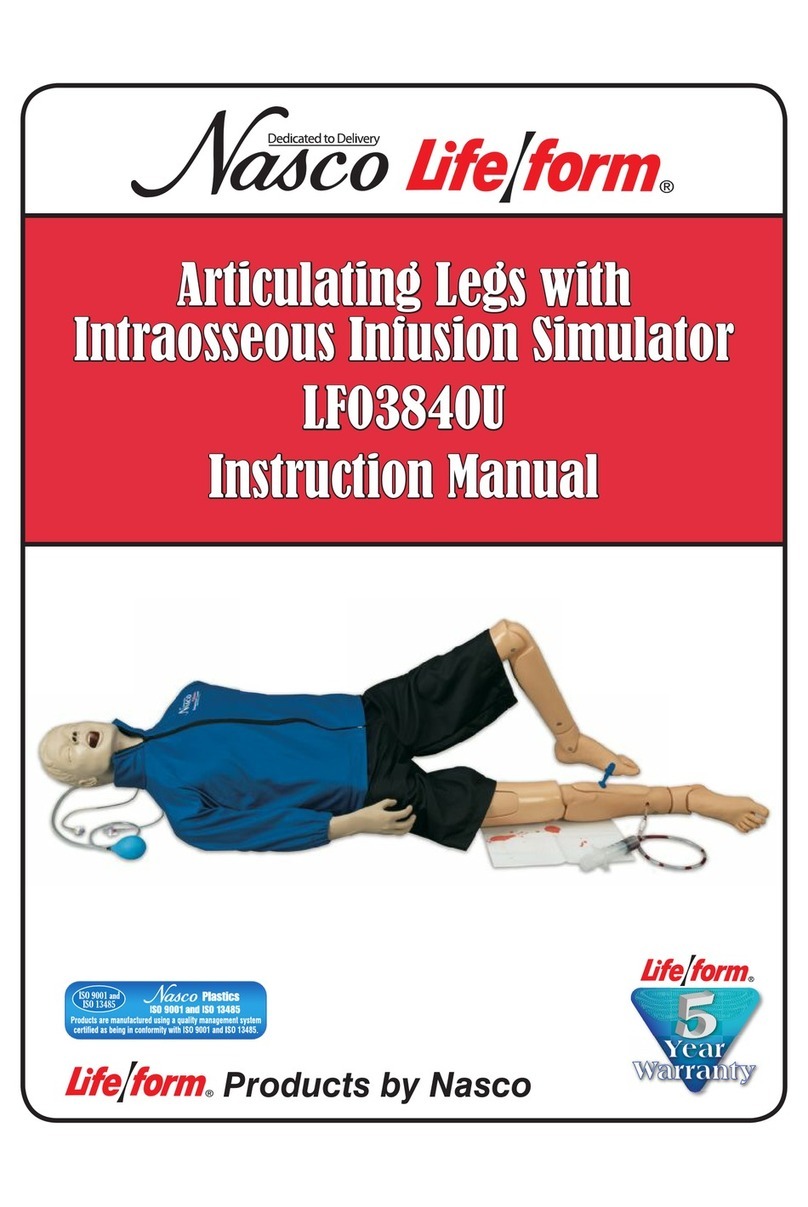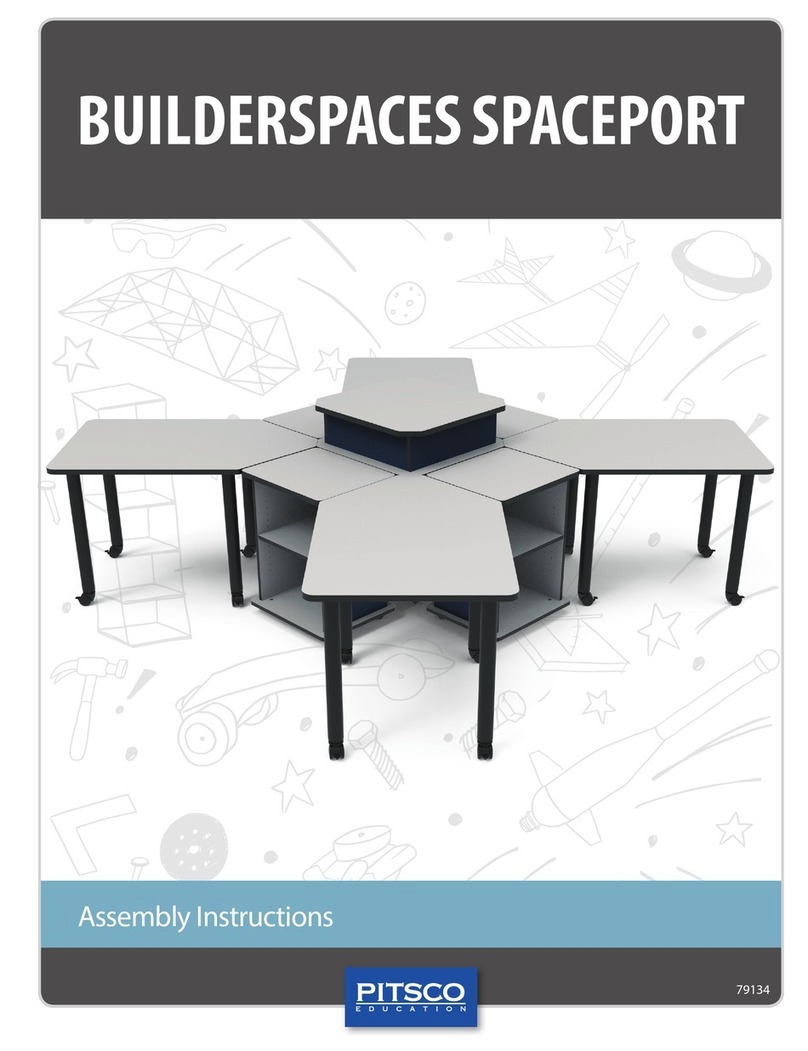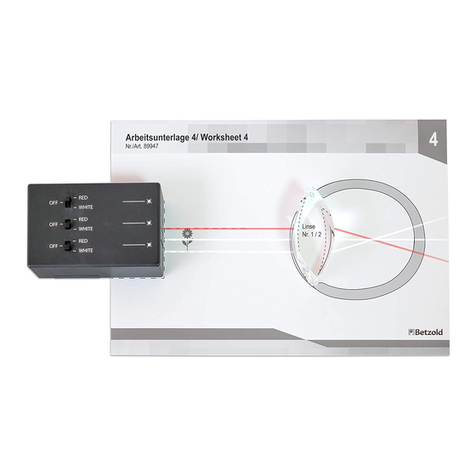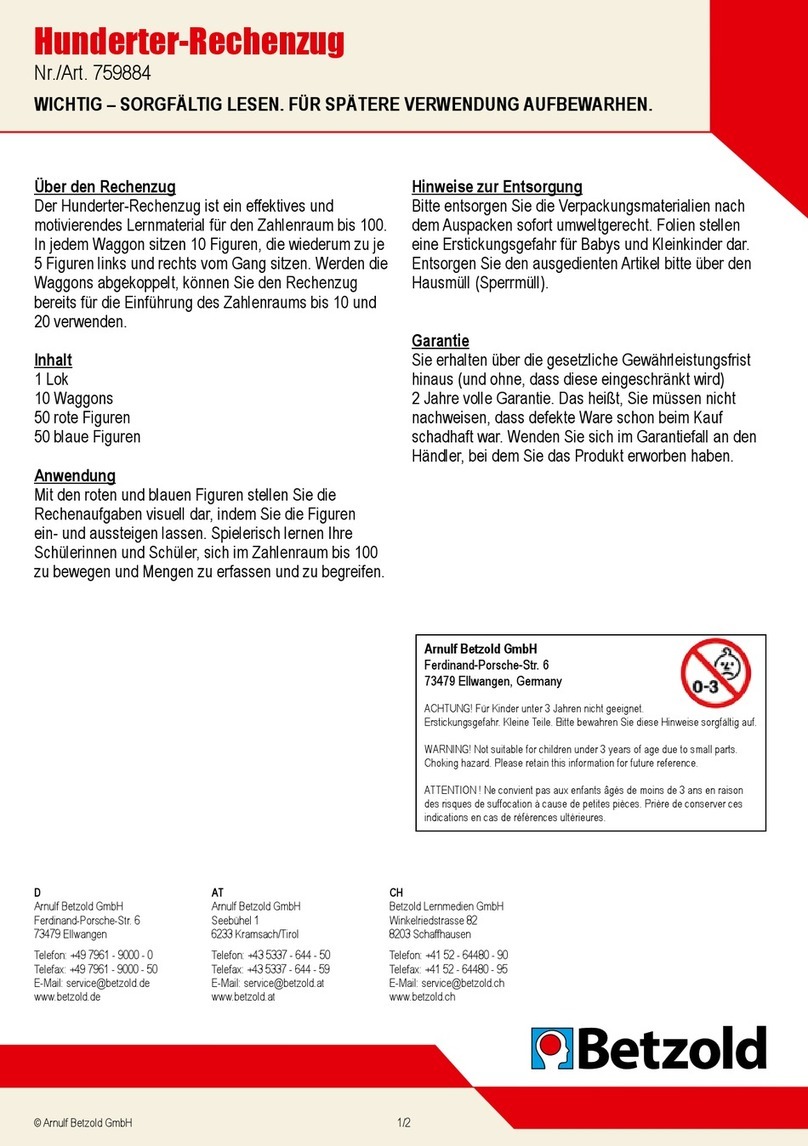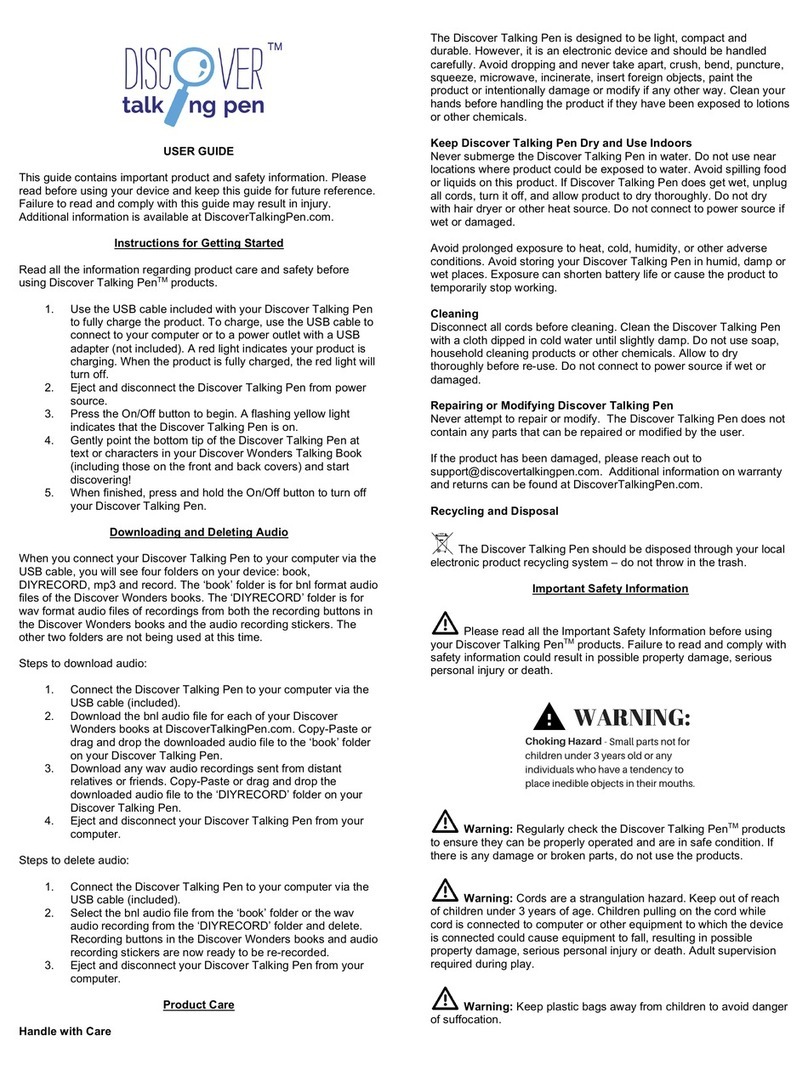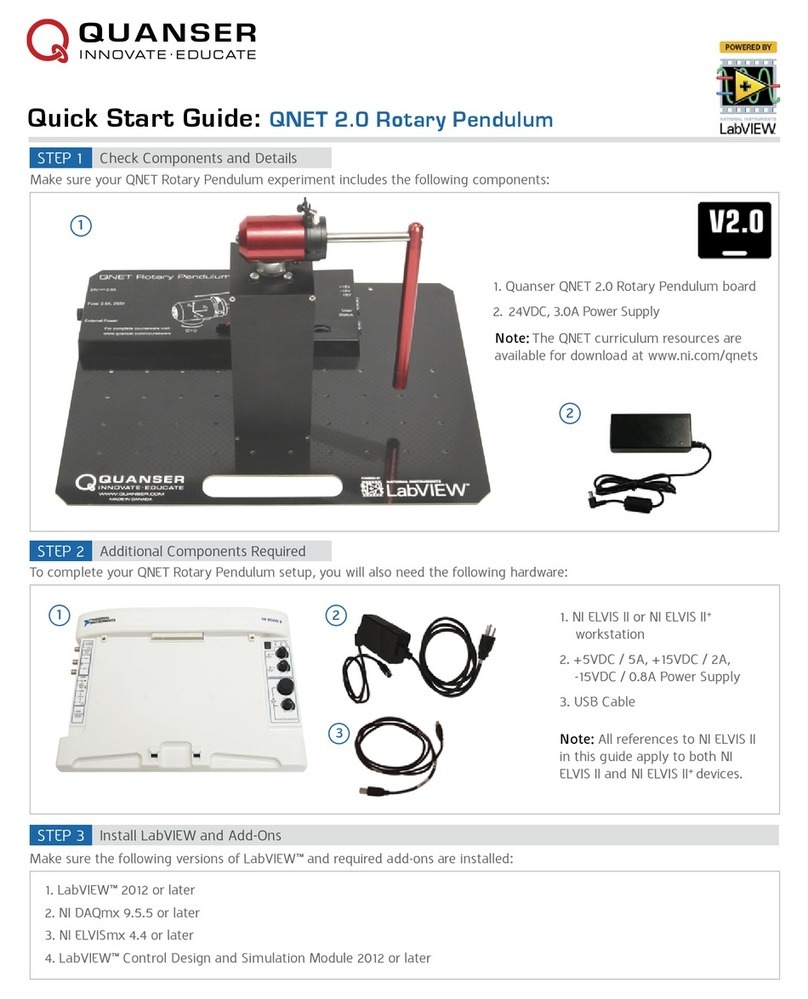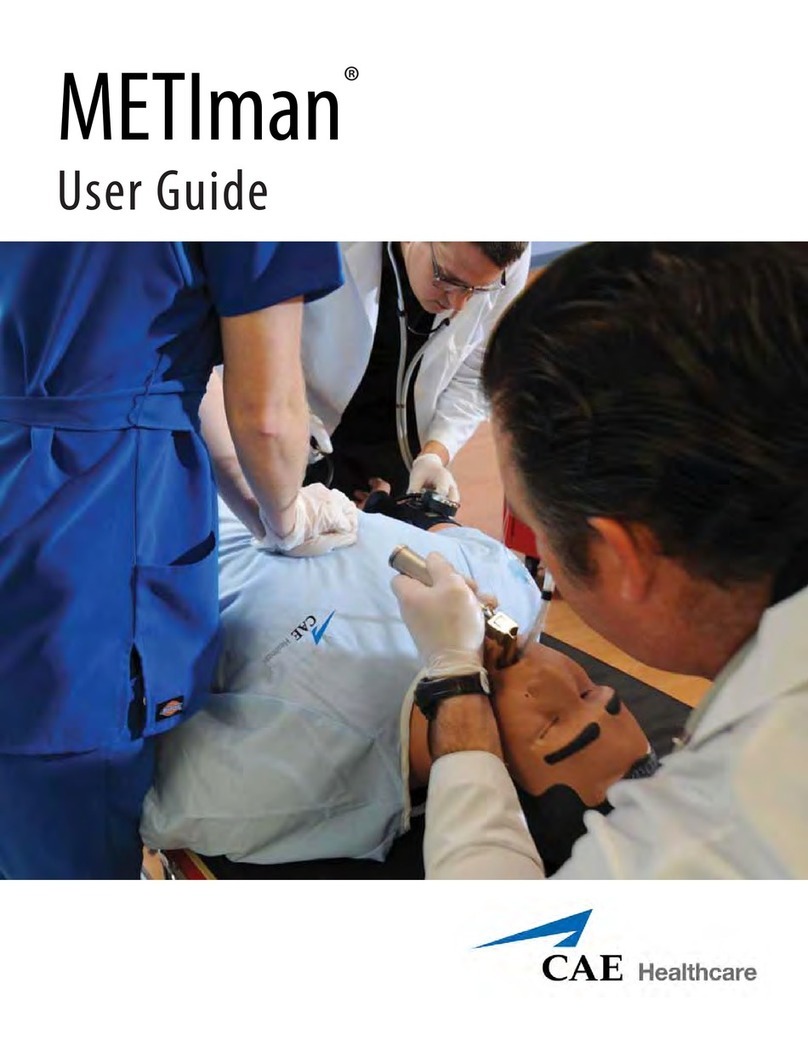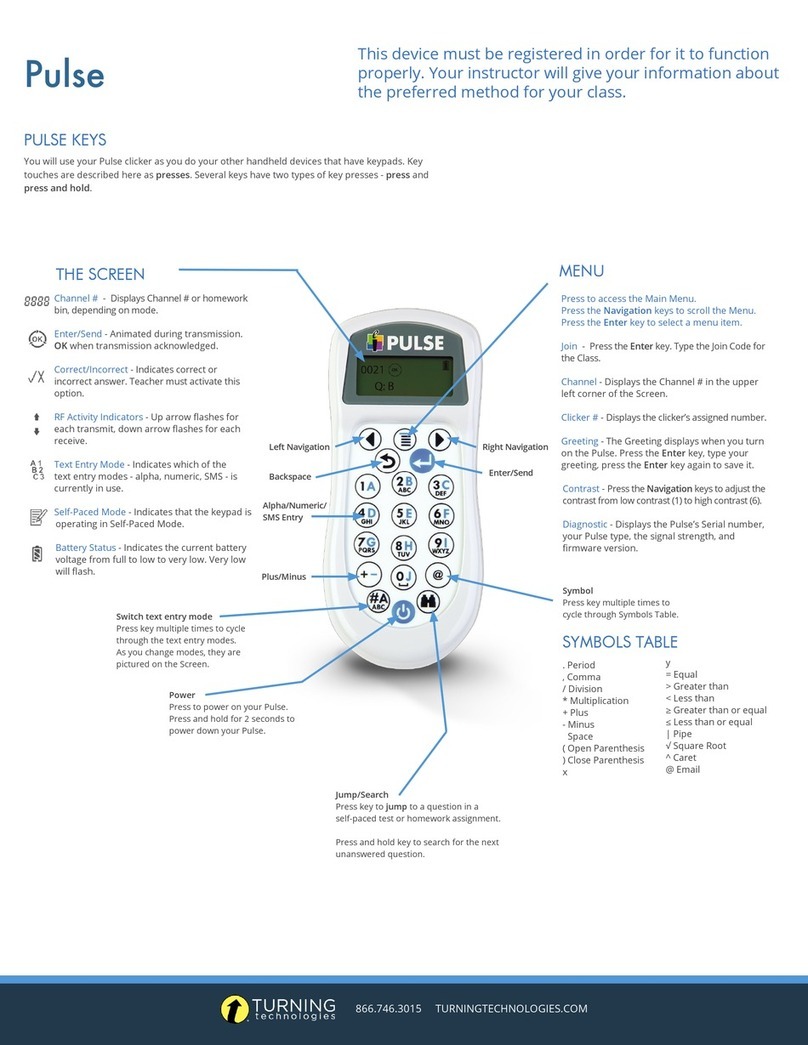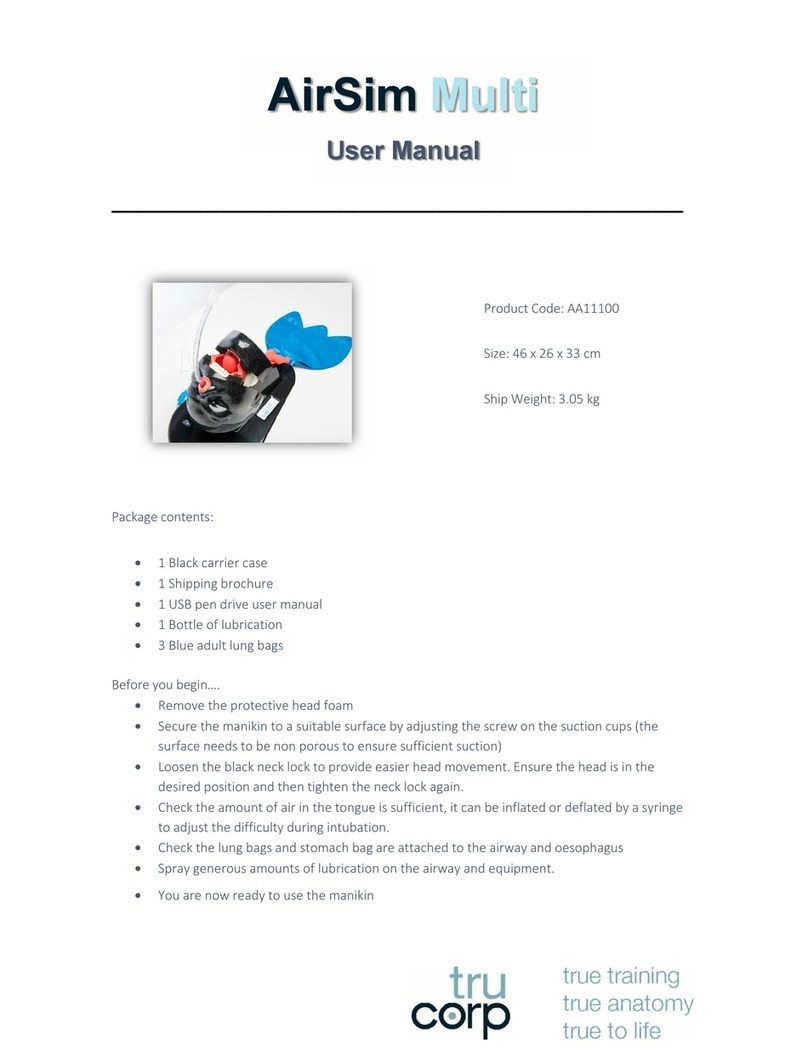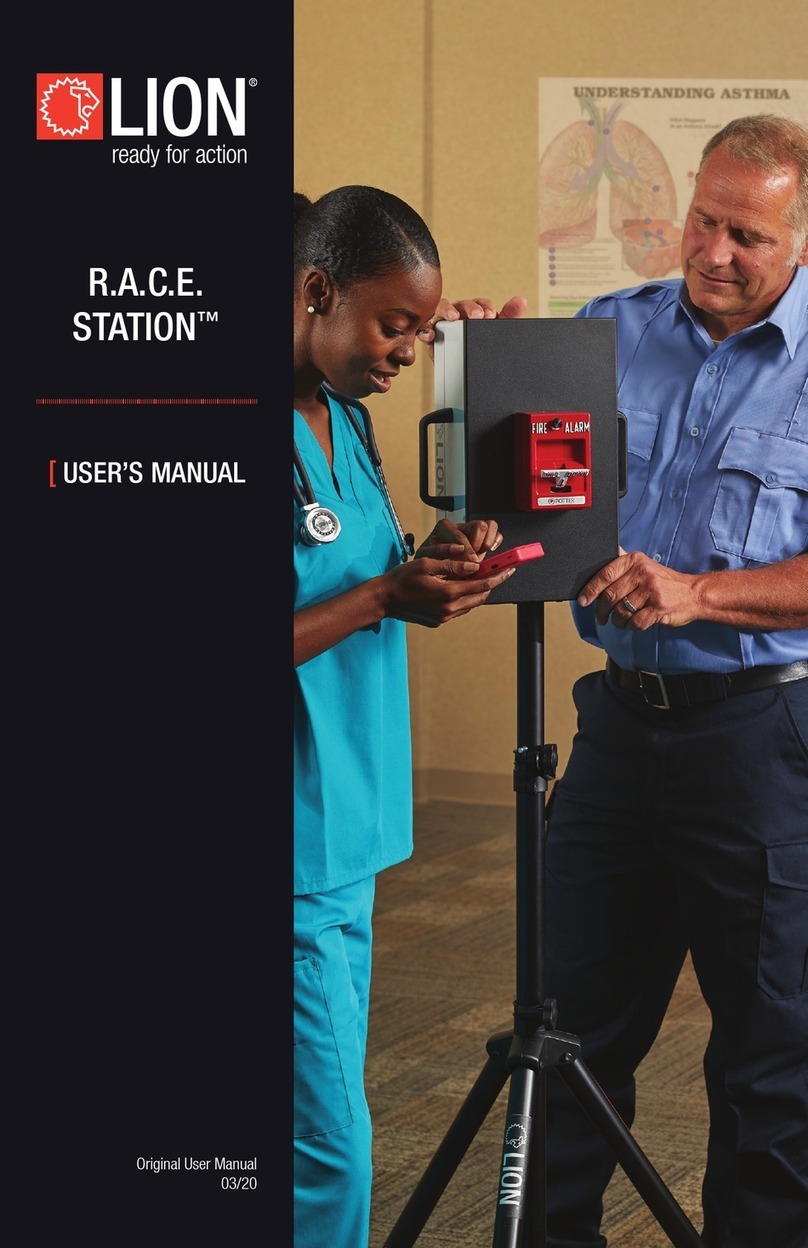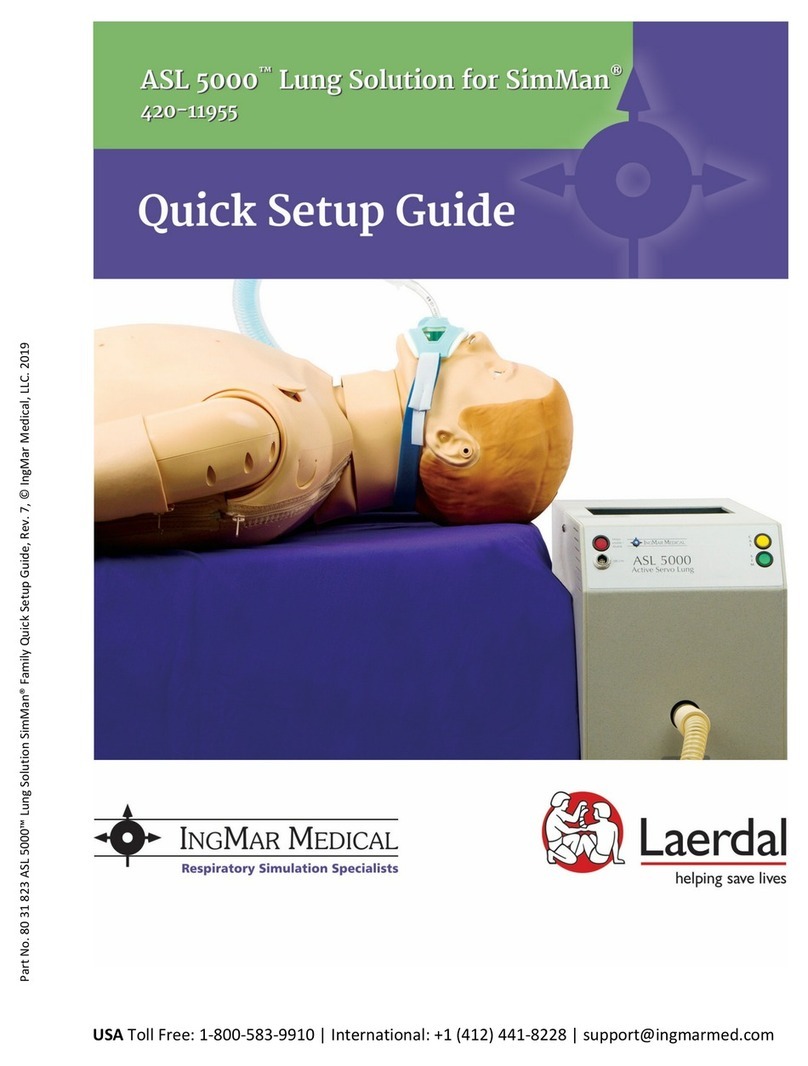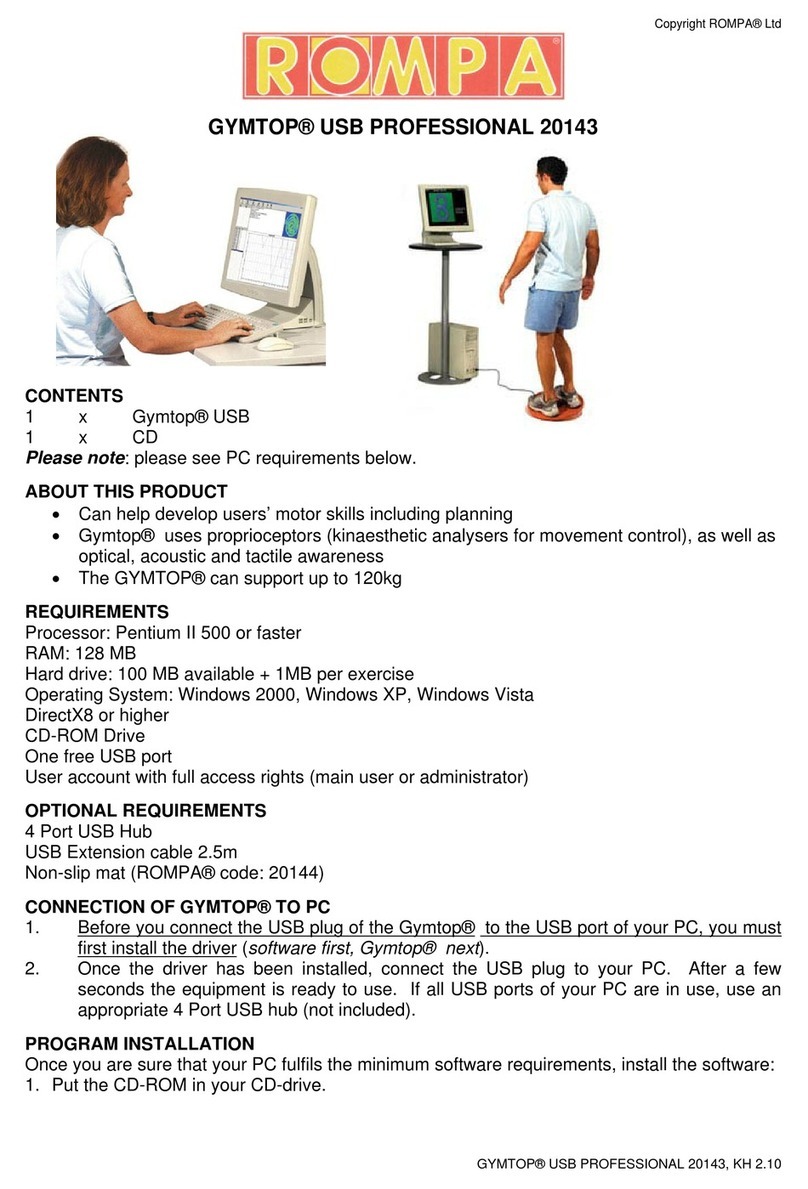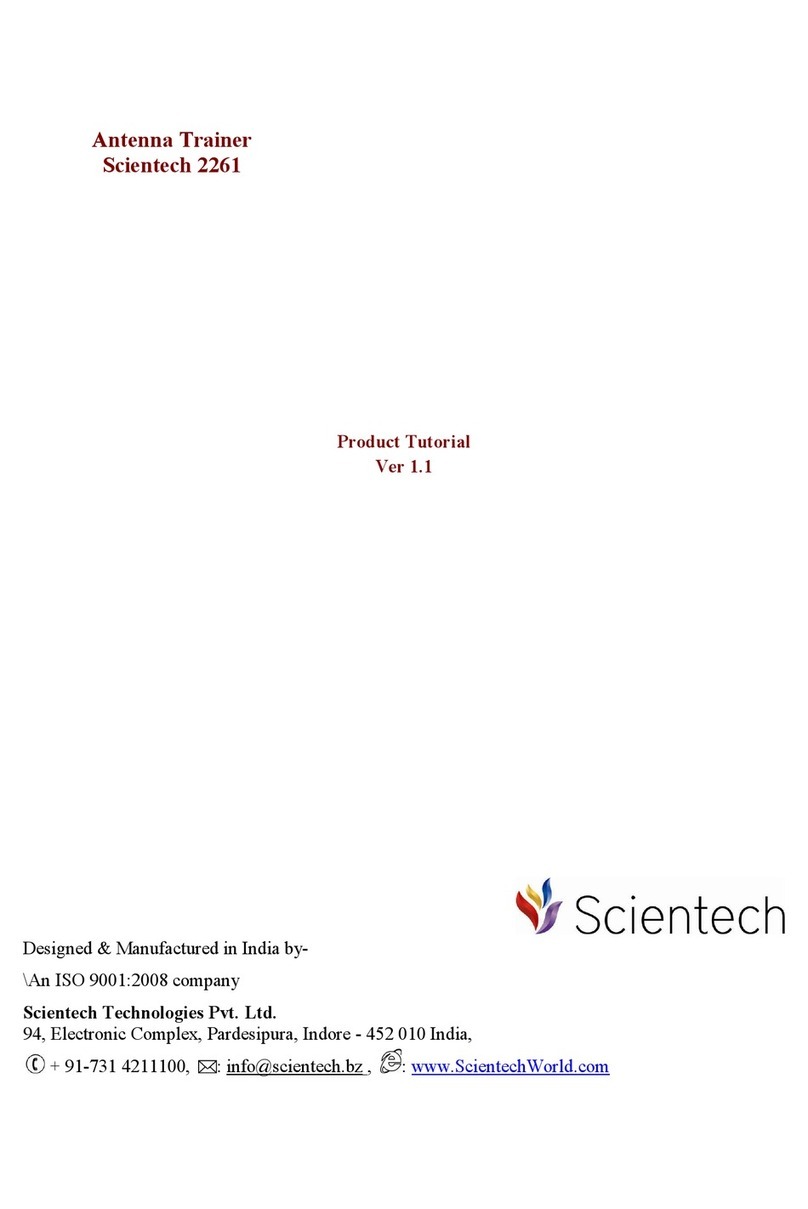
Deutsch
3
1. Allgemeine Hinweise zum Theodoliten
Bewahren Sie diese Hinweise zum späteren Gebrauch auf!
1.1. Anwendungsbereich und bestimmungsgemäße Verwendung
Der Theodolit ist ausschließlich für den Einsatz im Unterricht bestimmt.
Kinder sollen den Theodoliten nur unter der Aufsicht von Erwachsenen verwenden.
1.2. Warnhinweise
Achtung! Setzen oder lehnen Sie sich nicht auf den Theodoliten. Legen Sie keine schweren Gegenstände darauf ab.
Die Stativbeine können brechen. Es besteht Verletzungsgefahr! Nicht in der Nähe von Wärmequellen oder in der Sonne
lagern. Verpackungsfolie wegen Erstickungsgefahr sofort entsorgen.
1.3. Was kann ich mit dem Theodoliten messen?
Der Theodolit ist ein Instrument zum Messen von Winkeln. Er wird in der Vermessungskunde zur Messung von Horizontal-
und Vertikalwinkeln eingesetzt.
1.4. Abmessungen und Gewicht
Der Theodolit lässt sich bis auf eine Höhe von 85 cm bis 127 cm einstellen. Er wiegt 1,9 kg.
1.5. Anwendungsbedingungen und Grenzen für Betrieb und Lagerung
• Nicht in der Nähe von Wärmequellen oder in der Sonne lagern.
Nur in trockenen Räumen lagern.
• Setzen oder lehnen Sie sich nicht auf den Theodoliten. Legen Sie keine schweren
Gegenstände darauf ab.
Die Stativbeine können brechen.
• Überprüfen Sie vor dem Betrieb, ob alle Schrauben, insbesondere die der Stativbeine,
fest angezogen sind.
1.6. Hinweise zur Entsorgung
Bitte entsorgen Sie die Verpackungsmaterialien nach dem Auspacken sofort.
Folien stellen eine Erstickungsgefahr für Kleinkinder dar.
1.7. Sicherer und korrekter Gebrauch
Überprüfen Sie vor dem Betrieb, ob alle Schrauben, insbesondere die der Stativbeine, fest angezogen sind. Kontrollieren
Sie ebenfalls, ob die Stativbeine bis zum Anschlag eingeschoben sind. Nur dann steht der Theodolit sicher. Prüfen sie, ob
die Alhidade fest auf den Horizontalkreis aufgesteckt ist.
1.8. Instandhalten und Reinigen durch den Benutzer
Wischen Sie die Bauteile ausschließlich mit einem feuchten Tuch ab. Verwenden Sie keine Reinigungsmittel. Lassen Sie
die Bauteile vor dem nächsten Gebrauch vollständig trocknen.
1.9. Ersatzteile und Reparatur
Anfragen zu Ersatzteilen und Reparatur richten Sie bitte an folgende Adresse:
siehe unter 1.10. Garantie
1.10. Garantie
Für die von uns gelieferte Ware gilt die gesetzliche Gewährleistungsfrist von 2 Jahren.
Die Frist beginnt mit der Ablieferung der Ware. Im Garantiefall wenden Sie sich bitte an Ihren Händler oder folgende
Adressen:
D
Arnulf Betzold GmbH
Ferdinand-Porsche-Str. 6
73479 Ellwangen
Telefon: +49 7961 90 00 0
Telefax: +49 7961 90 00 50
www.betzold.de
AT
Arnulf Betzold GmbH
Seebühel 1
6233 Kramsach/Tirol
Telefon: +43 5337 644 50
Telefax: +43 5337 644 59
www.betzold.at
CH
Betzold Lernmedien GmbH
Winkelriedstrasse 82
8203 Schaffhausen
Telefon: +41 52 644 80 90
Telefax: +41 52 644 80 95
www.betzold.ch
